Lentinus arcularius
Scientific name: Lentinus arcularius (Batsch) Zmitr.
Derivation of name: Lentus means "pliable" and
"tenacious" as in chewy; arcularius means "with
small boxes or chambers" in reference to the
honeycomb-like
pores.
Synonymy: Boletus arcularius Batsch; Polyporus
arcularius (Batsch) Fr.
Common names: Spring polypore.
Phylum: Basidiomycota
Order: Polyporales
Family: Polyporaceae
Occurrence on wood substrate: Saprobic; solitary or in
groups on decaying deciduous wood or attached to buried
wood; April through June.
Dimensions: Caps 1-8 cm wide; stipes 2-6 cm long and
1.5-4.5 mm thick, central, colored like the cap.
Upper surface: Dark brown when young, becoming yellow-
brown in age; dry; scaly; margin lined with conspicuous hairs.
Pore surface: White to pale yellow; pores polygonal to
angular, radially arranged; pores 0.5-1 per mm.
Edibility: Inedible.
Comments: One of the first mushrooms to appear in the
spring. Compare to L. brumalis which has a darker cap
without a fringed margin and smaller pores. Interestingly,
although DNA evidence places the genus Lentinus among
the polypores, other members of the genus have gills, not
pores. Gills, apparently, arose independently in different
fungal lineages.
More information at MushroomExpert.com:
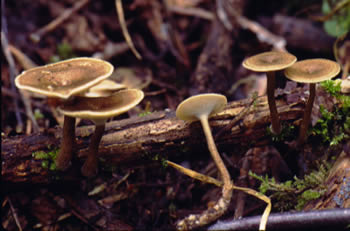
Figure 1. Lentinus arcularius on wood. The caps often
have a depressed center.
Photo © John Plischke III.
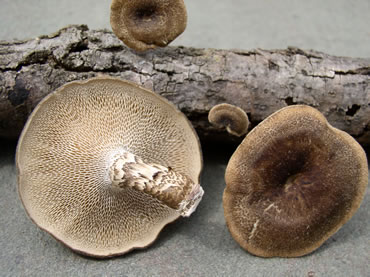
Figure 2. Collected specimens. Photo © Dorothy Smullen.
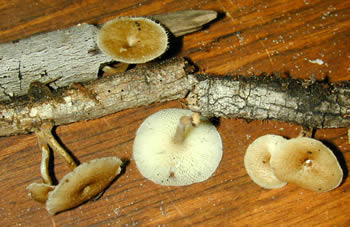
Figure 3. Collected specimens. Photo © Tom Volk.
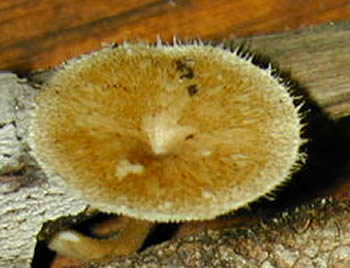
Figure 4. A characteristic
feature of the spring polypore is
the fringe of hairs around the margin. Photo © Tom Volk.
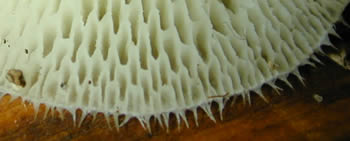
Figure 5. Close-up of the marginal hairs. Photo © Tom Volk.